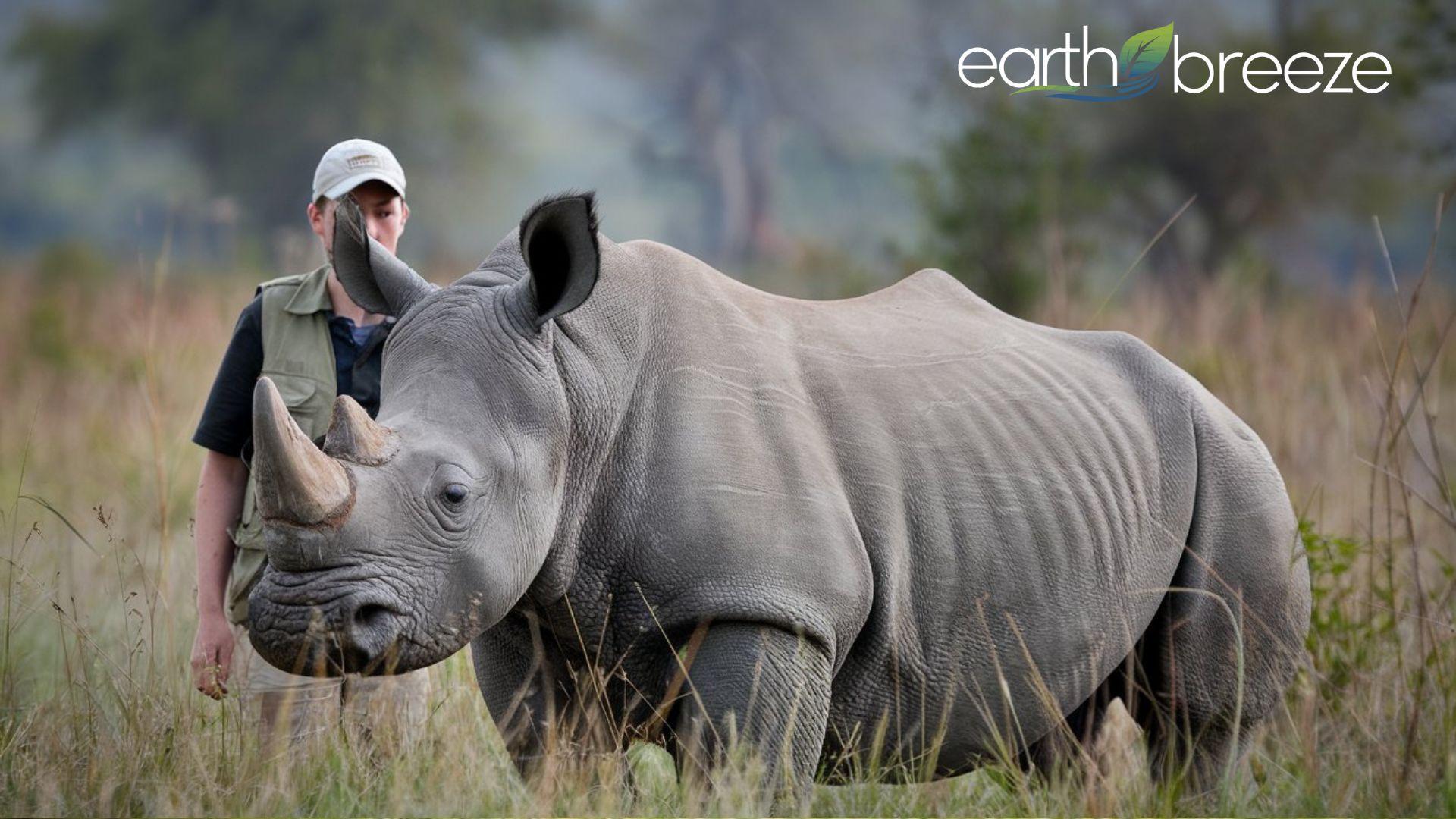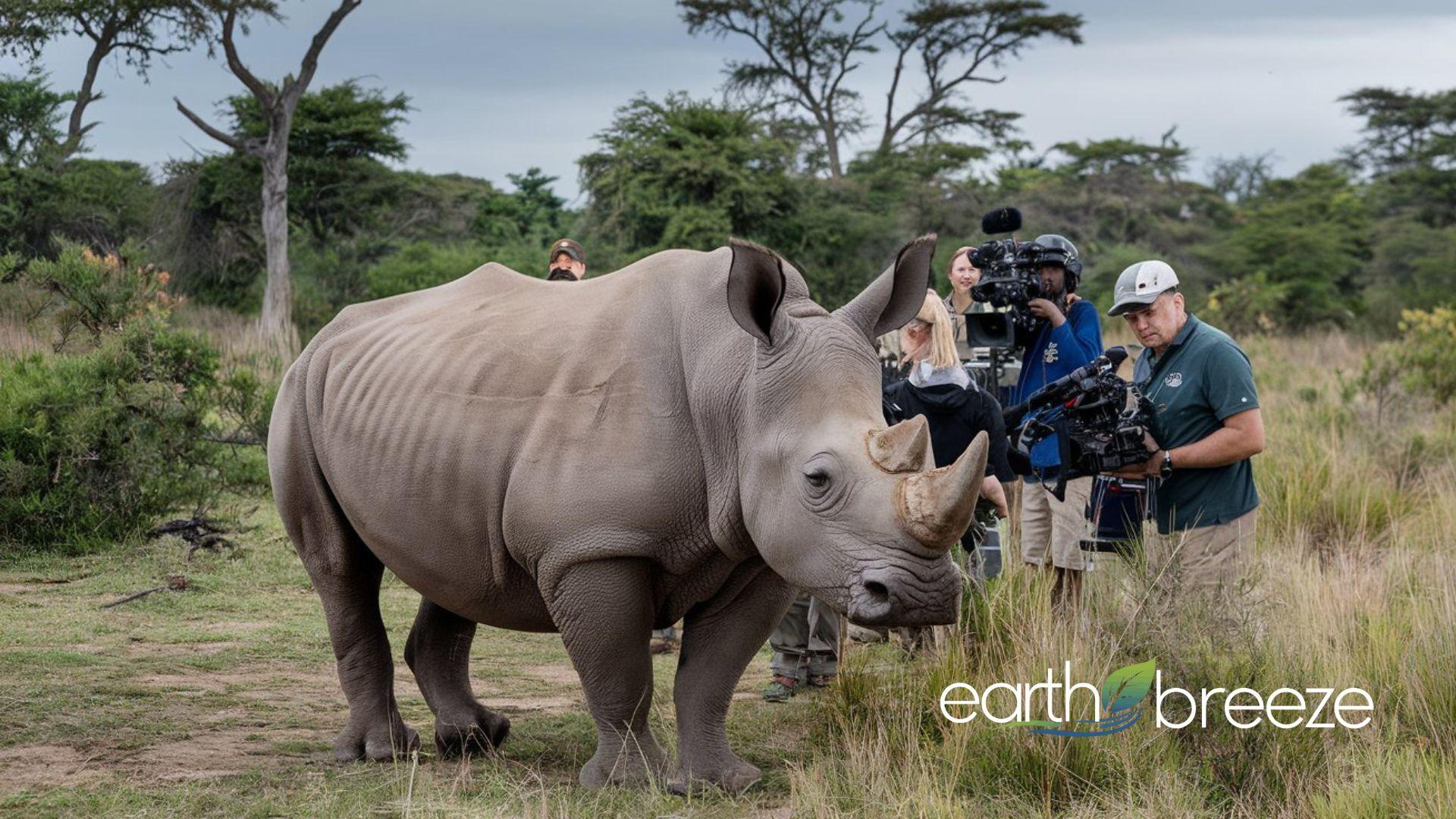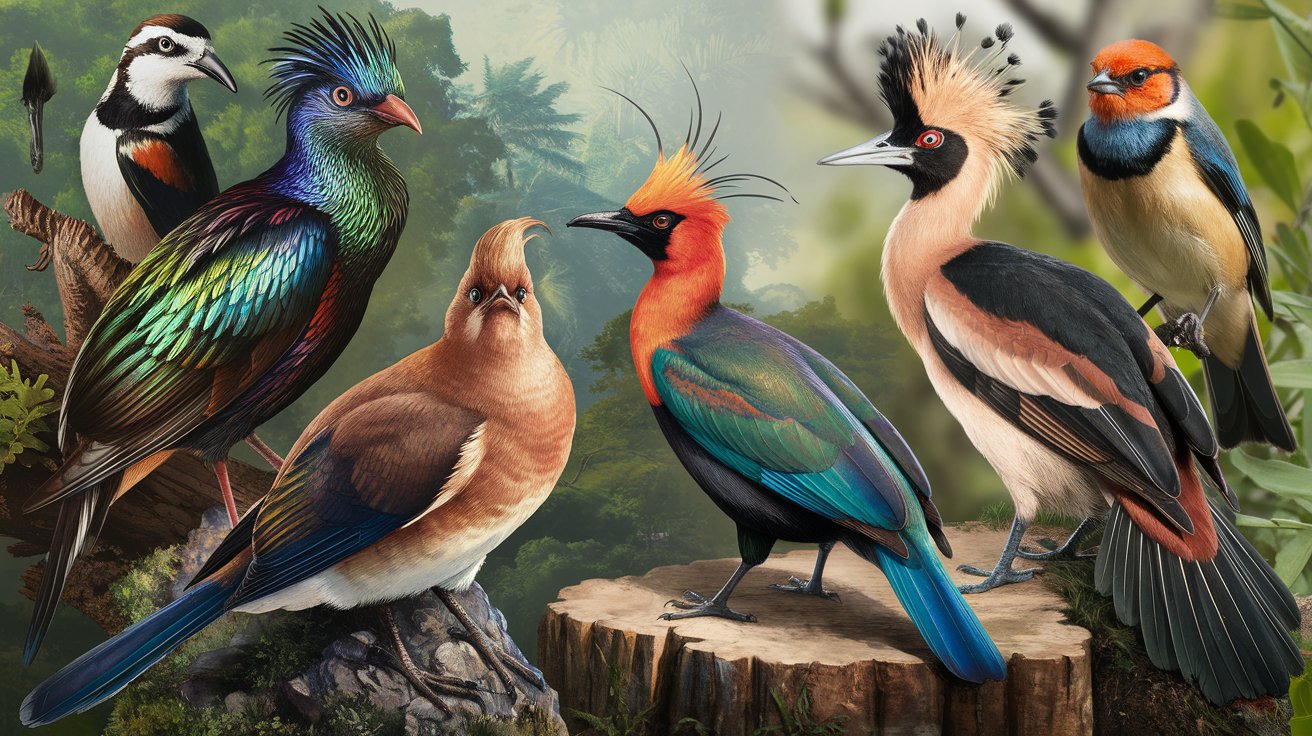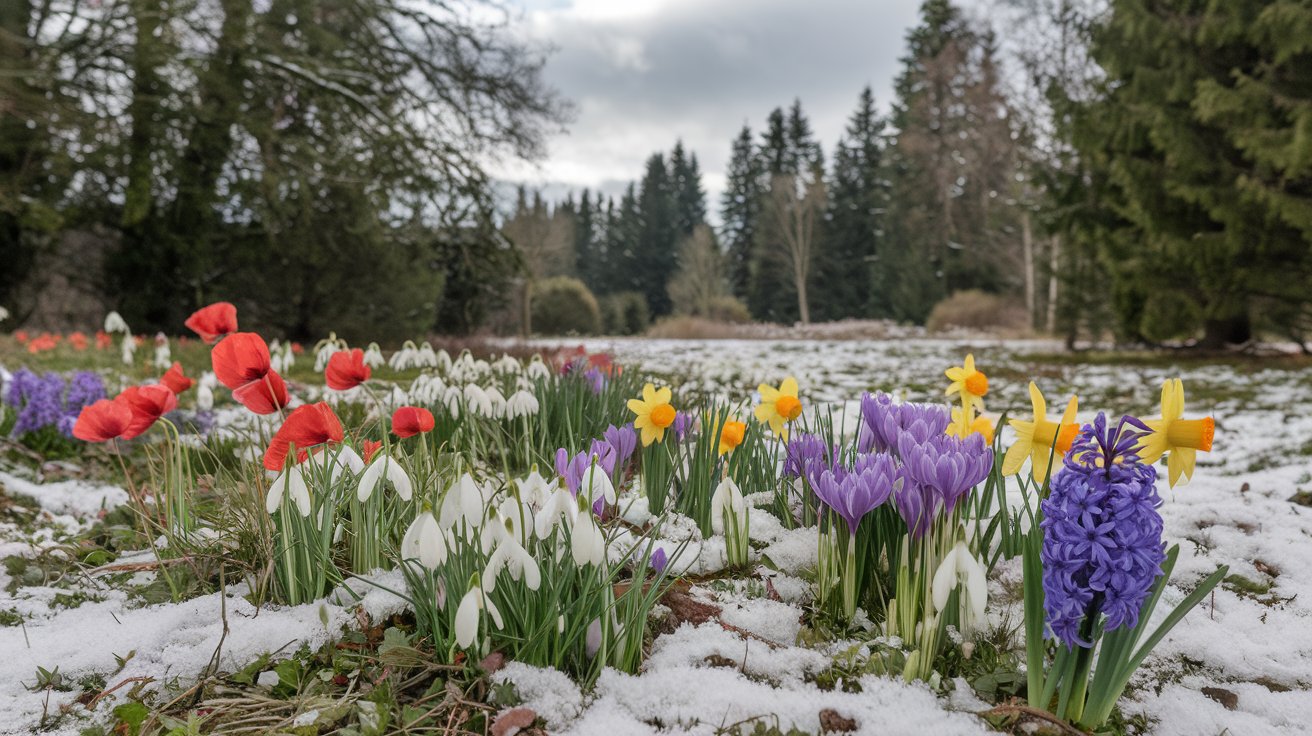The northern white rhino (Ceratotherium simum cottoni) is one of the most endangered species in the world. Once roaming the savannas of Central and East Africa, only two females remain alive today—Najin and Fatu—both living under 24-hour armed guard at the Ol Pejeta Conservancy in Kenya. This article explores the plight of the northern white rhino, the reasons for its near extinction, and the groundbreaking conservation efforts aiming to save the species.
1. What Happened to the Northern White Rhino?
The decline of the northern white rhino can be attributed to several key factors:
- Poaching: The demand for rhino horns in the illegal wildlife trade has been the primary cause of their decline. Rhino horns are highly prized in some cultures for use in traditional medicine and as a status symbol.
- Habitat Loss: The loss of grasslands and savannas due to agriculture, deforestation, and human encroachment has also contributed to the shrinking population.
- Civil Conflict: Many of the regions where northern white rhinos lived were plagued by political instability and wars, which hindered conservation efforts and led to increased poaching.
2. The Last Survivors: Najin and Fatu
With the last male northern white rhino, Sudan, passing away in 2018, Najin and Fatu represent the end of the line for their species. Both females are incapable of natural reproduction due to health issues. This tragic reality underscores the urgency of ongoing efforts to save the species.
3. Groundbreaking Conservation Efforts
Scientists and conservationists are not giving up hope. Here’s how they’re fighting to save the northern white rhino:
a. In Vitro Fertilization (IVF)
- Eggs have been harvested from Najin and Fatu and fertilized with frozen sperm from deceased northern white rhino males.
- Scientists are preserving these embryos for later implantation into a surrogate mother from the closely related southern white rhino population.
b. Stem Cell Research
- Researchers are exploring ways to create viable northern white rhino embryos from stem cells. This innovative approach could revolutionize species recovery efforts.
c. Anti-poaching and Awareness Campaigns
- Conservancies like Ol Pejeta are working to protect the remaining rhinos and raise global awareness about the importance of conservation.

4. Why It Matters: Preserving Biodiversity
The northern white rhino is more than just an animal—it’s a critical part of the ecosystem. Rhinos help maintain the balance of savanna habitats by grazing and dispersing seeds. Losing them would have ripple effects on other species and the environment.
Additionally, the fight to save the northern rhino serves as a symbol of humanity’s responsibility to protect endangered species and the natural world. It reminds us of the urgent need for conservation and the devastating impact of human activity on wildlife.
5. What Can You Do to Help?
You don’t have to be a scientist to contribute to the survival of species like the northern rhino. Here are some ways you can make a difference:
- Support Conservation Organizations: Donate to groups like Ol Pejeta Conservancy or Save the Rhino International.
- Spread Awareness: Share information about endangered species to encourage others to take action.
- Advocate for Change: Urge governments to strengthen anti-poaching laws and protect natural habitats.
- Adopt Sustainable Practices: Choose eco-friendly products and reduce your carbon footprint to help protect wildlife habitats.
The story of the northern rhino is both heartbreaking and inspiring. While their extinction seems imminent, cutting-edge science and dedicated conservation efforts provide a glimmer of hope. By supporting these initiatives, we can honor the memory of these majestic creatures and work towards a future where no species faces such a grim fate.





